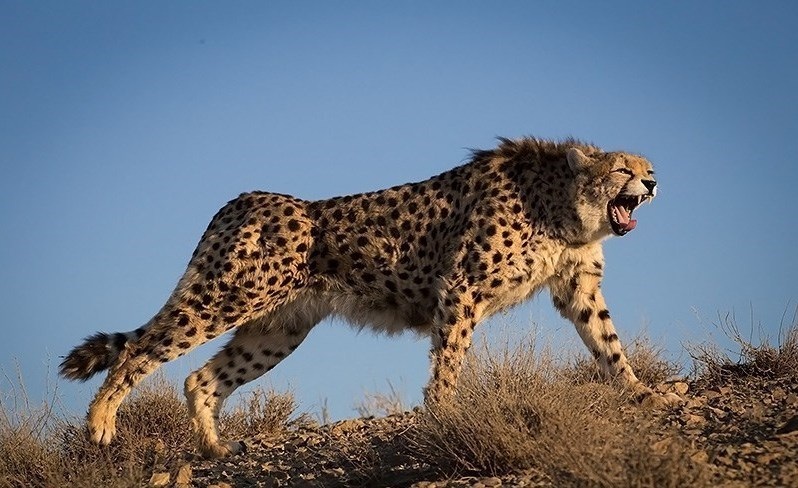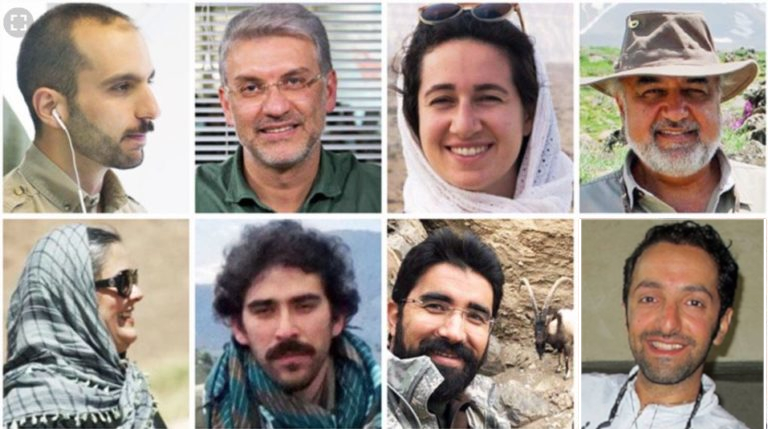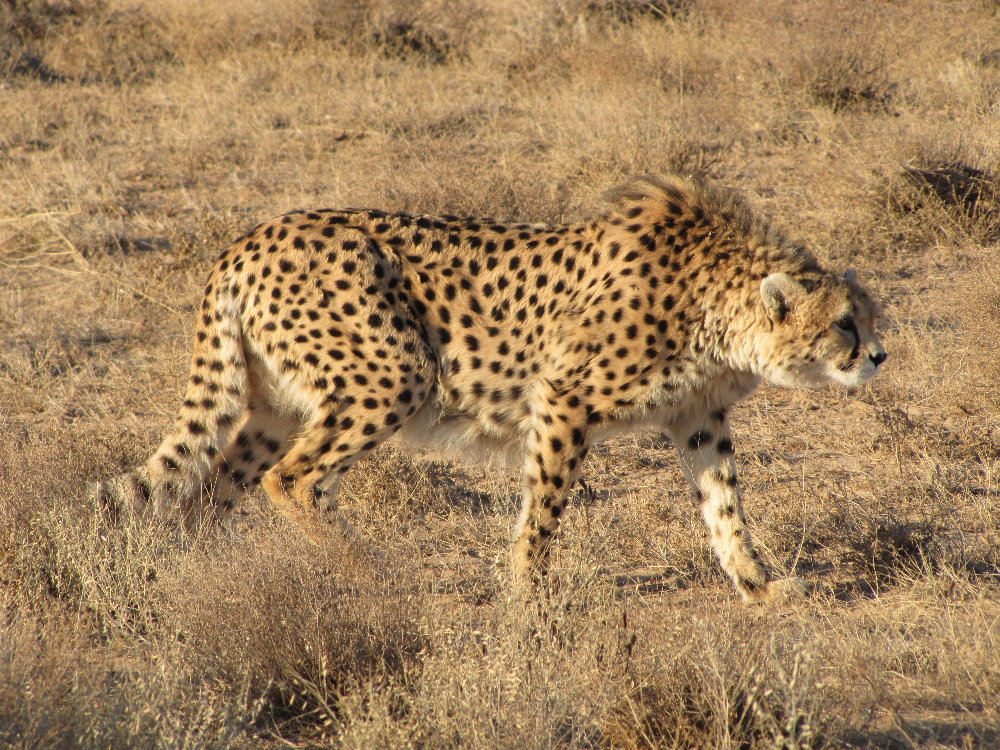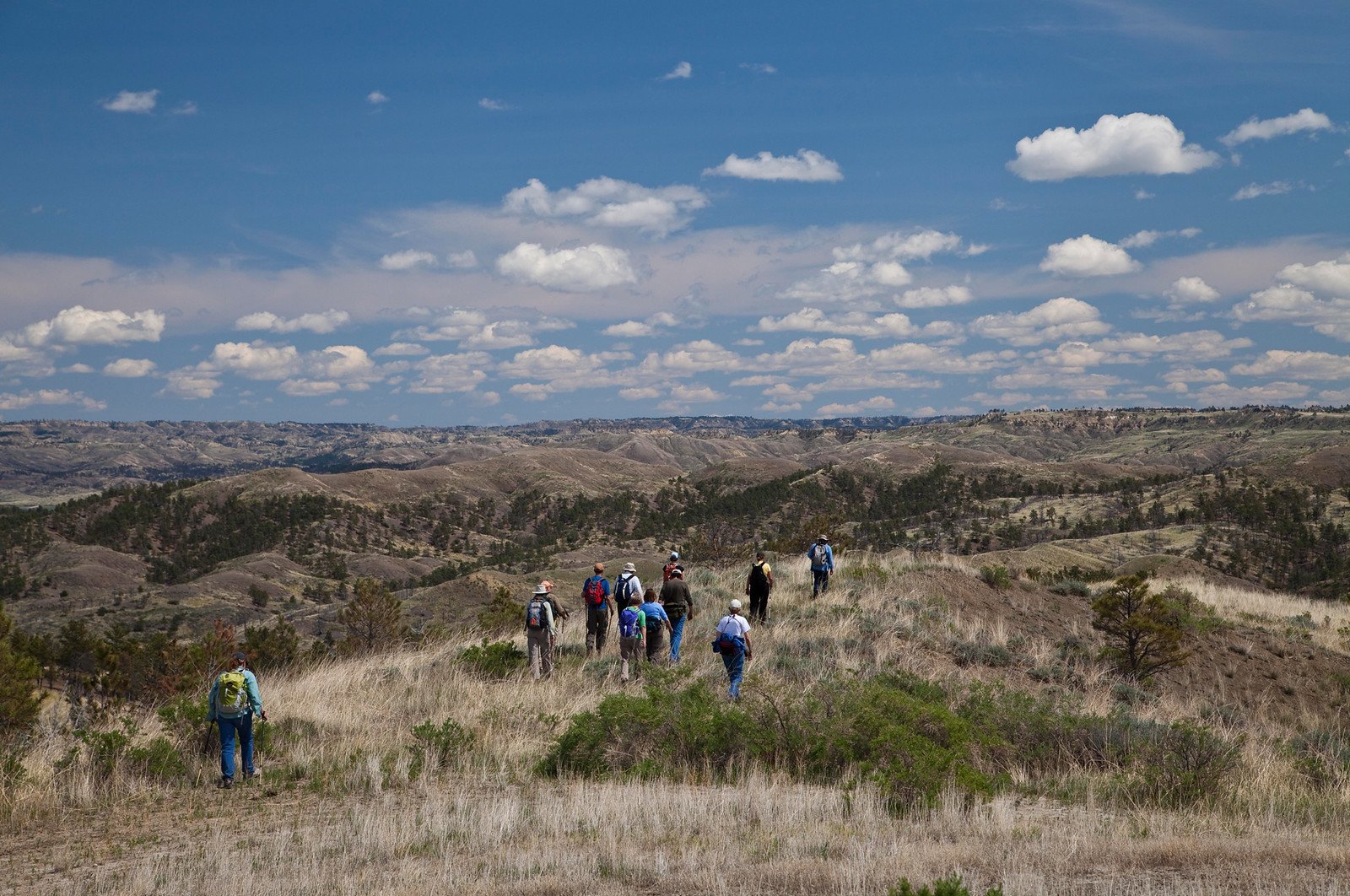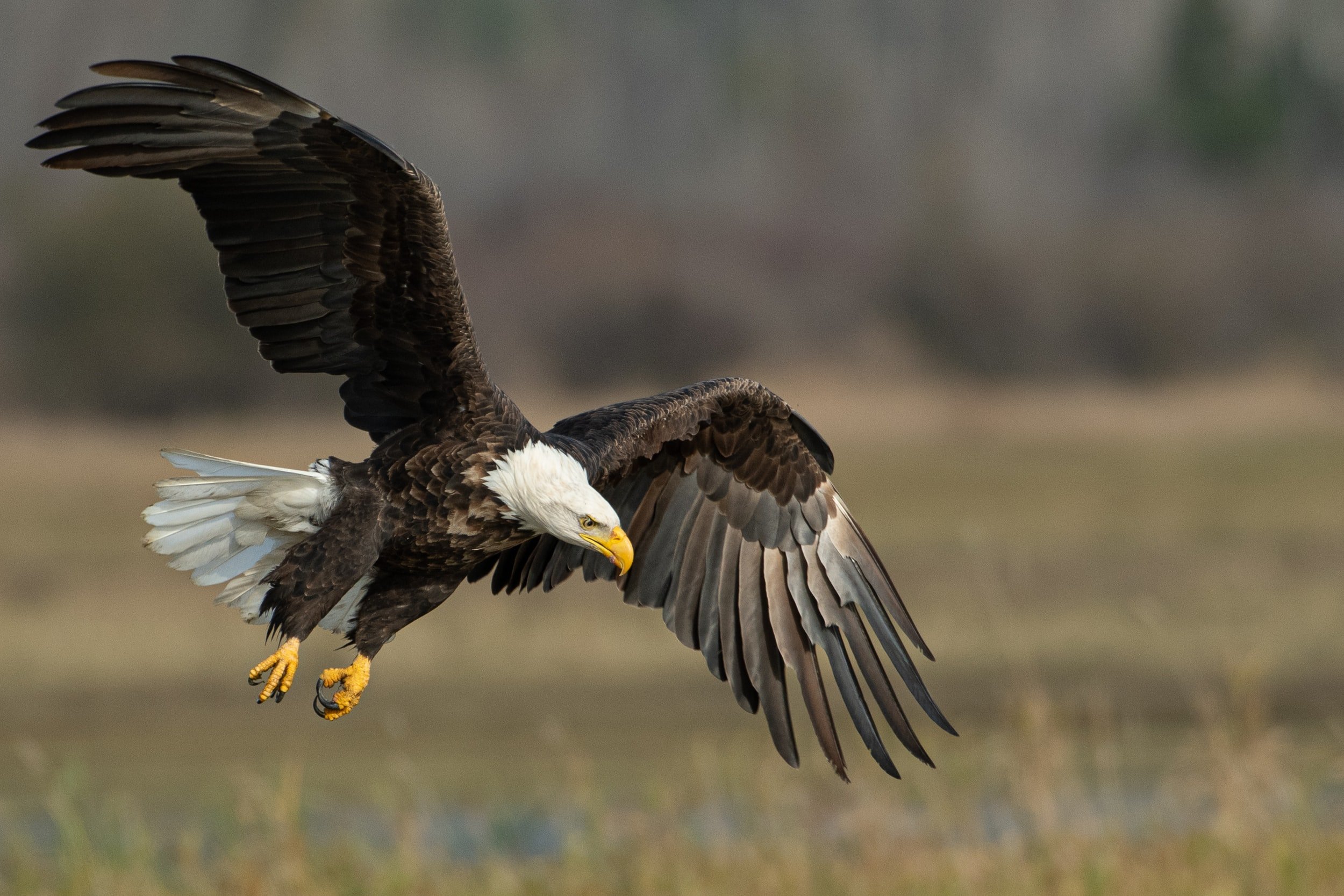9 Iranian wildlife conservationists from the Persian Wildlife Heritage Foundation (PWHF) were imprisoned by Iranian Revolutionary Guards last year on charges of espionage. Their cases are entering a critical stage, with four of them accused of “spreading corruption on Earth,” a very serious charge in the Iranian Islamic Penal Code and punishable by execution at the highest degree.
The PWHF conservationists, working collaboratively with the International Union for the Conservation of Nature (IUCN) were arrested in mid-January 2018. They include PWHF founder Morad Tahbaz, Managing Director Kavous Seyed-Emami, Niloufar Bayani, Houman Jowkar, Taher Ghadirian, Sepideh Kashani, Amir Hossein Khaleghi, Abdolreza Kouhpayeh, and Sam Radjabi.
They were accused of spying and arrested due to their utilization of camera traps for their work on surveying the habits of the critically-endangered Asiatic cheetah. This big cat can only be found in Iran, with perhaps less than 50 individuals roaming an expanse of 54,000 square miles.
According to the English human rights organization Article 19, they have reportedly been subjected to months of solitary confinement and psychological torture, including being threatened with death, threatened with injections of hallucinogenic drugs, and threatened with the arrest and harm of family members.
PICTURED: The 8 conservationists. From the top row running from left to right, Sam Rajabi, Houman Jowkar, Niloufar Bayani and Morad Tahbaz, and in the bottom row from left to right Sepideh Kashani, Amirhossein Khaleghi and Taher Ghadirian. Image copyright of #Anyhopefornature
The United Nations, Amnesty International, World Wildlife Fund, the European Parliament, Human Rights Watch, and many other organizations have all expressed condemnation of their detainment, while also calling for their immediate and unconditional release.
A Tragedy In Two Acts
While the African cheetah numbers just over 7000 individuals left in the wild, the plight of the famous sprinter of Africa’s savanna pales in comparison with that of its Asiatic cousin. Once spanning from the coast of the Red Sea all the way to India, its range exists now only in central Iran; its numbers limited to maybe 50 cats.
Despite being one of the world’s most-threatened wild felids, the efforts to save the cat could be considered remarkably sub-par considering the urgency of the situation. A report from Tehran published last March detailed the insufficient efforts by the Iranian government to protect the cheetah from simple threats like shepherd dogs and traffic collisions.
The report recommended the hiring of additional wildlife rangers, and the equipment in the form of 4WD vehicles and firearms they would need to effectively protect cheetah country from traffickers and poachers. They also pointed to the ability of wildlife overpasses and underpasses to reduce vehicular deaths as part of a viable solution.
Unfortunately, the Iranian Department of Environment said in a statement that the cheetah was “doomed,” and was no longer considered a priority for the department due to the decline in an already minuscule population.
World at Large reached out to one of the publishers of the report, who sadly confirmed that:
”Iran’s Department of the Environment has not taken any steps to increase cheetah conservation efforts. Unfortunately, there is only one thing the authorities do nowadays: they just talk about the issue and do nothing at all.”
Sunday, March 17th: 50 is the unsubstantiated number of remaining cheetahs in Iran. There could be fewer, for instance because between 2004-2018, 17 cheetahs were killed in collisions with vehicles
Entrapment
Conservationists studying big and small wildcat populations often utilize camera traps due to their efficacy and relative ease of use. Many endangered cat species can be very hard to find, both because of the remoteness of their environment, like the snow leopard in Central Asia, and their elusive behavior, like the flat-headed cat in Southeast Asia.
Understanding the behavior and distribution of wild cat species is paramount in a good conservation strategy. Camera traps can be placed near sites that have yielded evidence of cat visitation and left alone to silently endure the elements whilst waiting for a moment that may not come for months at a time.
The captured images can be tinkered with slightly, but rarely possess the quality to capture anything farther than a few meters. The idea that the conservationists were carrying out espionage with wildlife research equipment has been one of the many reasons why some organizations have suggested that the PWHF members’ imprisonment has more to do with political aims than with actual security concerns.
A classic example of a camera trap photo, as the leopard crosses the camera’s view, it takes several images.
Evidence suggests such claims are not entirely baseless. For example, according to Amnesty International the conservationists have been denied access to legal counseling or representation, and held with extremely minimal access to communication. There has also been an alarming lack of admissible evidence to support the charges of espionage, with prosecutors allegedly presenting confessions made under conditions of threat or torture which had later been retracted, as grounds for prosecution.
However, not everyone in the Iranian government feels there is any reason to be holding the 8 conservationists. In May 2018, the ministers of intelligence, interior, and justice as well as the president’s legal deputy looked into their detention and found no evidence to suggest the charges leveled against them were valid in any way, while Iran’s Department of Environment, which works closely with the PWHF, have called for the scientists to be released due to this lack of evidence.
Conserving Conservation
While the borders between nation-states can often be impassable barriers, wildlife owe no allegiance to the lands they occupy. As such, the safety and flourishing of wide-ranging creatures like the cheetah often depends on international collaboration.
The Global Snow Leopard Forum, a conservational union established between all 12 of the countries that make up the snow leopard habitat, is a good example of a collaborative international conservation success story.
However the tone of international involvement was of paramount suspicion to those among the prosecutors, who seemed to take great offense to the fact that so many international scientific organizations were taking interest in the Asiatic cheetah; suggesting there may be ulterior motives.
Pressure to see the detained scientists released ramped up after Managing Director and co-founder of PWHF, Kavous Seyed-Emami, died in prison on the 9th of February, of alleged suicide. Yet the international scientific community, who knew him as a great scientist, a top conservationist, as well as a kind and gentle man with a deep love of natural Iran, is demanding an independent investigation because his death took place outside of CCTV cameras. At the time of writing no independent investigation has been allowed to take place.
Even with certain elements of the Iranian government of similar mind to the greater international community to the notion that these conservationists should be released, no actions have been taken.
Philip Luther, Middle East and North Africa Research and Advocacy Director at Amnesty International stated that: “The charges against these scientists are utterly baseless and stem solely from their peaceful conservation activities. If they are convicted it would be an outrageous mockery of justice and a devastating blow for Iran’s scientific community.”
He went on further to say: “The fact that Iran’s authorities are harassing and intimidating wildlife conservationists with fabricated charges is another chilling example of how peaceful activities are considered ‘criminal’ by the Iranian authorities. The international community must speak out to call for these scientists’ immediate release.”
Tragically, it seems the fate of the detained scientists walks arm in arm with the fate of Iran’s cheetahs. One might imagine the prospects of the Asiatic cheetahs receiving anymore international support if to do so means risking imprisonment, torture, and death would be highly unlikely. For now, the world’s fastest land animal may have to fend for itself during its most desperate hour.
Correction: In the first paragraph, we stated that 5 had been charged with spreading corruption. Recent sources have revealed only 4 were charged.
